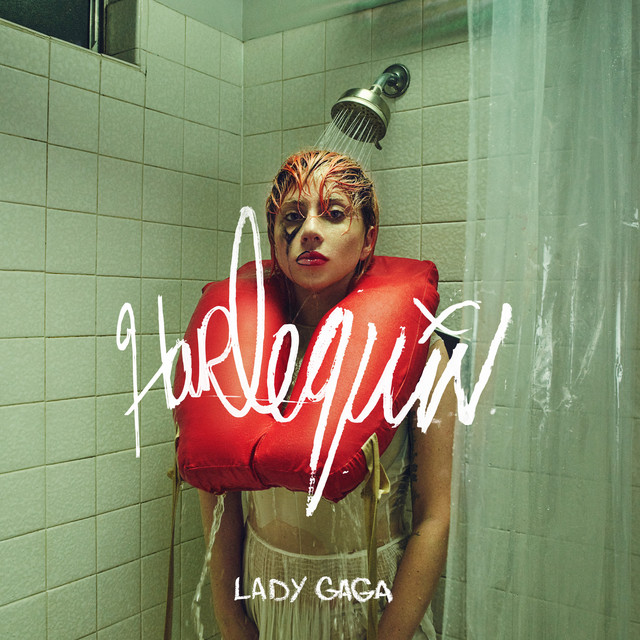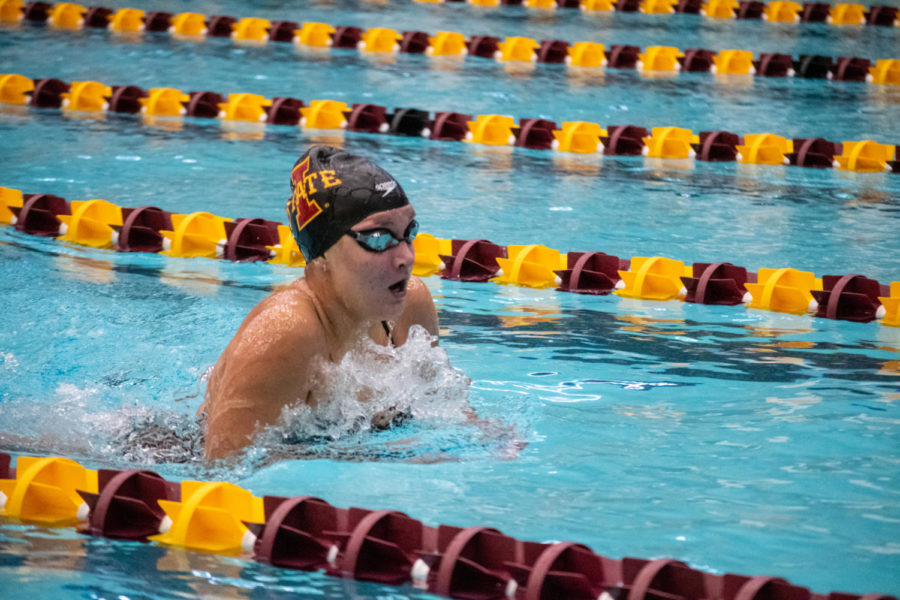‘Sleeping Beauty’ dazzles
February 2, 1999
The relatively-new Russian National Ballet continued its tradition of extraordinary classical ballet Sunday afternoon as it performed to a sold-out crowd at Stephens Auditorium.
The 50 dancers of the Russian National Ballet graced the stage with charm in their rendition of “Sleeping Beauty.”
Choreographer Marius Petipa modeled the dances after the Versailles court of King Louis XIV.
While the scenery served its purpose and the costumes were lovely, it was the dancing that really captured the audience.
In act one, “The Spell,” the court celebrated the 16th birthday of Princess Aurora (Elena Scheglova). Scheglova burst onto the stage in sweet-sixteen pink, and danced a lighthearted solo with a carefree spirit and a permanent smile.
Scheglova possessed ideal characteristics for her part. She moved with the fragility and beauty of a flower, yet managed to dominate the stage with strength and determination.
In the beautiful “Rose Adagio,” Aurora danced with her four suitors who all presented her with flowers. The sequence began with her on pointe, her right leg stretched behind her with deliberation.
She remained in this position, one arm lifted above her head the other on the arm of a suitor, as each proceeded to turn her around. This particular scene was an amazing display of balance that was never seen during the rest of the ballet.
After Aurora pricked her finger on the infamous spindle, Prince Desire (Vitaly Zabelin) entered. He had been spending the day in the forest with his Lords and Ladies when the Lilac Fairy, who saved Aurora from death, appeared and gave the prince a vision of the lovely Aurora.
He rushed to find her, gave her a kiss of love and ended the spell.
Though Zabelin demonstrated his gift of dance with his long, quick leaps, it was difficult to imagine him as a man in love.
He smiled briefly for the curtain call, but otherwise his face remained deep in concentration. Zabelin was a fine dancer, but other dancers repeatedly overshadowed the prince.
Though Vetrov didn’t dance very much, his acting capabilities outmatched the rest.
The final act was the wedding celebration, in which a series of short dances occurred, the greatest of these being the “Bluebird and his Princess.” The bluebird dance is one of the most difficult and famous variations that Petipa ever created because of the difficult leaps and fancy footwork.
Finally, Zabelin and Scheglova came together in a final pas de deux (dance for two). Though a certain magical connection was missing between the pair, their dancing abilities were never lacking.
The pas de deux dance ended with Scheglova diving toward the stage as Zabelin caught her with his waist, in a pose known as the fish dive.
Sunday’s performance of “Sleeping Beauty” had all the qualities of a good fairy tale and did not disappoint.
Though it’s hard to know if the Russians will be back, it was obvious by the audience turn-out that ballet should be a tradition in the Iowa State Center’s season.






